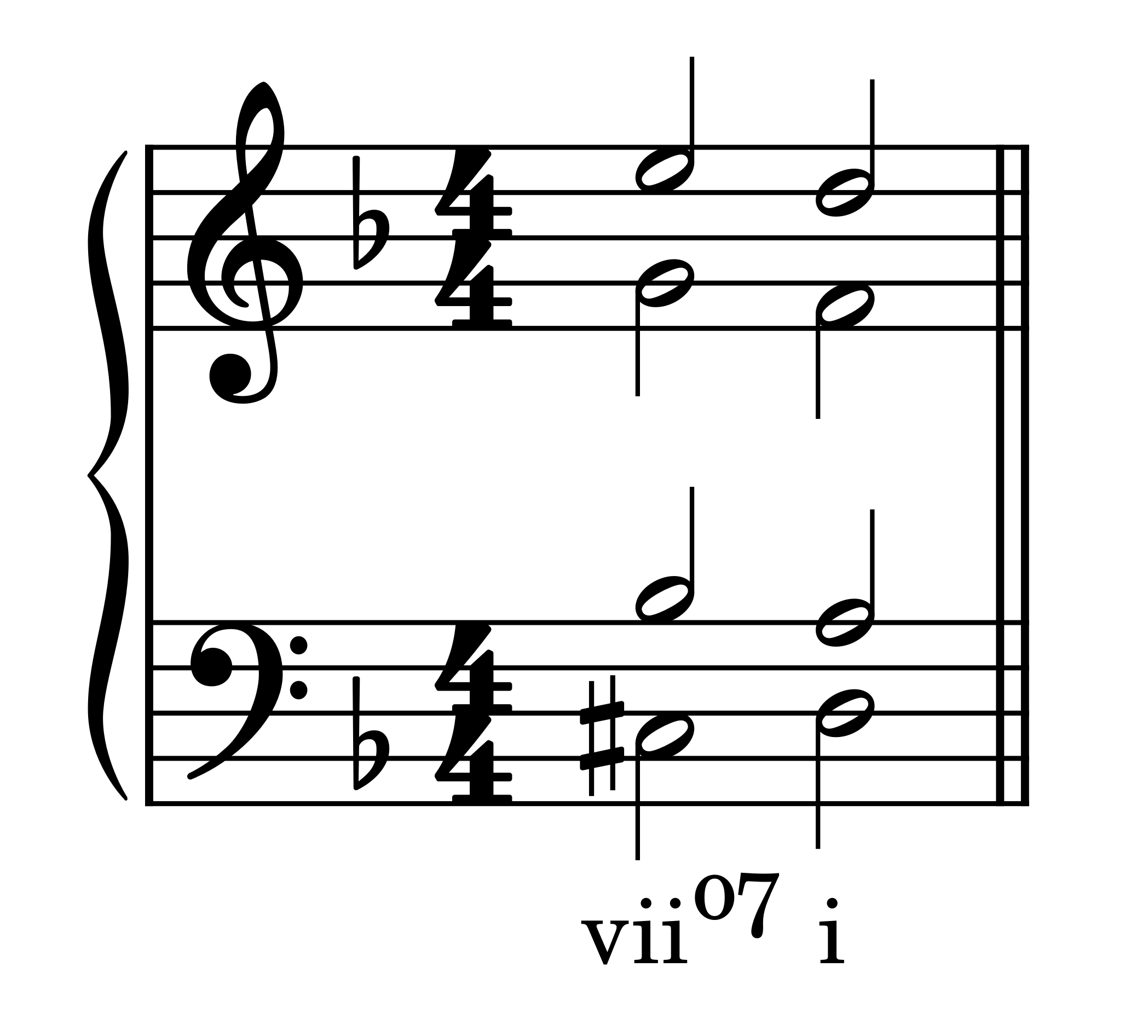Inverted Compound Seventh Chords in Context
115 Piano Practice – Finding Contexts for Seventh Chords
As your musicianship grows and expands, you’ll find yourself identifying elements out of context more quickly because you can imagine a context for them.
One example of this is compound seventh chords. Taken out of context, they can seem quite perplexing. But if you can recall how they work in context, you can identify them much more easily.
Practice these chord progressions on the piano repeatedly so that you can familiarize yourself with their visual, auditory, and tactile characteristics, as well as their harmonic functions as expressed by Roman numerals and figured bass.
For extra practice, transpose these exercises into different keys!
The Fully Diminished Seventh Chord (dd7)
- The context for this chord is vii07 in minor keys. It has dominant function, and the voice-leading “wants” to resolve in certain crucial ways.
- Notice the way the voice-leading resolves: ti-do, re-do, fa-me, le-sol.

- Extra practice: what would you have to do to make this chord half-diminished? How would you resolve it? Improvise and experiment!
The Half-Diminished Seventh Chord (dm7)
- As you know, there are two main contexts for this chord, i.e. vii 𝆩7 in major keys, or as ii𝆩7 (a common predominant) in minor keys. You can see the second context in the example below.
- Inverting the chord can be useful for voice-leading purposes. Notice the ways the individual voices move as they proceed into the dominant and then to the tonic. When you write in four-part harmony, aim for smooth voice-leading.
- Listen for root movement to identify the inversions of chords.

The Minor-Minor Seventh Chord (mm7)
- This chord does the same thing as the diminished minor chord when it’s functioning as a predominant, with the crucial difference that the context is major keys. Therefore, we would analyze the chord as ii7.
- As always, pay special attention to the root movement. This will help you determine inversion.

The Major-Minor Seventh Chord (Mm7)
- This chord is very familiar because of its dominant function. The rules of voice-leading indicate that it must resolve in very particular ways. Note that the fa needs to resolve downwards to mi (or me, in a minor-key context).

The Major-Major Seventh Chord (MM7)
- This chord is relatively rare in classical music, but is still common enough for us to want to place it within well-known contexts. Consider these three memorable ways of contextualizing the major-major seventh chord:
MM7: Relate to the first four notes of the song “Mr. Sandman” by Pat Ballard

MM 6/5: Relate to the theme song of the classic science fiction television series The X Files

MM 4/3: Relate to “I Feel Pretty” from West Side Story by Leonard Bernstein

MM 4/2: Find your own meaningful context!

